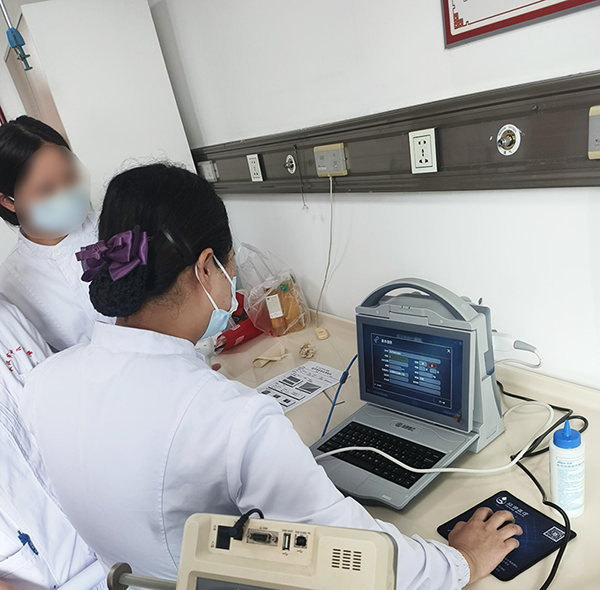Bone density testing (full name: “bone mineral density testing”) is an important examination method for assessing bone health conditions. Its core value lies in the early detection of bone problems, precise guidance and intervention, and reduction of fracture risks. Specifically, it can be carried out from the following four key dimensions:
1. Early screening for osteoporosis to avoid “asymptomatic risk”
The typical feature of osteoporosis is that it is “asymptomatic in the early stage and severe once the disease occurs” – in the early stage when bone minerals (mainly calcium) are continuously lost, the human body hardly has obvious feelings such as pain and fatigue, but the “strength” of the bones is already quietly declining. Once fractures occur (such as fractures of the wrist bones, hip bones, and spine), it is often already in the middle or late stage of the disease.
Bone density testing can detect abnormal reduction in bone density before symptoms appear by quantifying the mineral content in bones (commonly evaluated by T-values and Z-values), helping doctors determine whether there is “reduced bone mass” (pre-osteoporosis) or “osteoporosis”, and buying time for early intervention.
2. Accurately assess the risk of fractures and specifically avoid dangers
Fractures are the main hazard of deteriorating bone health (especially among the elderly), and bone density is one of the “gold standards” for predicting the risk of fractures. Based on the test results, doctors will comprehensively calculate the probability of “major osteoporotic fractures” (such as hip and spinal fractures) occurring in the next 10 years by taking into account age, gender, previous fracture history, whether drugs that affect bone metabolism (such as glucocorticoids) are being taken, and whether there are habits such as smoking or excessive drinking.
For instance, if the T-value is found to be ≤-2.5 (in line with the diagnosis of osteoporosis) and the risk of fractures in the next 10 years is ≥20%, doctors will prioritize intensive intervention (such as drug treatment + calcium supplementation) rather than mere observation, thereby directly reducing the incidence of fractures.
3. Guide the treatment plan and avoid “blind intervention
Bone density testing is not only used for “diagnosis”, but also provides precise basis for subsequent intervention, avoiding “excessive calcium supplementation” or “insufficient intervention”.
If the test only shows “osteopenia” (T value between -1 and -2.5) and there are no other high-risk factors, the doctor may recommend improving it by adjusting lifestyle (such as increasing dairy intake, getting 20 minutes of sun exposure every day, and moderate exercise), without the need for immediate medication.
If osteoporosis has been diagnosed or the rate of bone density decline is rapid (such as a reduction of more than 2% in density upon annual follow-up), the doctor will formulate a medication plan based on the density value (such as using bisphosphonate drugs), and evaluate the treatment effect through regular follow-ups (usually once every 1 to 2 years), and adjust the plan in a timely manner.
4. Provide “personalized health management” for high-risk groups
The following groups of people are at high risk of bone problems. Bone density testing can provide them with targeted health guidance and prevent the accumulation of risks:
Women: After menopause, estrogen levels drop sharply, and the rate of bone calcium loss is 2 to 3 times that of men. Testing can clarify the rhythm of bone mass changes after menopause.
Elderly people: Women over 65 years old and men over 70 years old. Natural aging of bones leads to a decrease in density. Detection can help identify the risk of “fragility fractures” in advance.
Special groups For those who have been taking glucocorticoids for a long time (such as for asthma and rheumatoid arthritis), have a family history of osteoporosis, have experienced “minor external force fractures” (such as spinal fractures caused by sneezing), or have diseases that affect bone metabolism (such as diabetes and hyperthyroidism), testing can help doctors determine the impact of diseases on bones and adjust the treatment of underlying diseases and bone protection plans simultaneously.
Bone density testing is not exclusive to the elderly, but a “warning device” for the bone health of the entire population – it can convert “invisible bone loss” into quantifiable indicators, helping us protect our bones and reduce health risks through scientific intervention (adjusting lifestyle, drug treatment) before fractures occur.
Post time: Sep-19-2025


